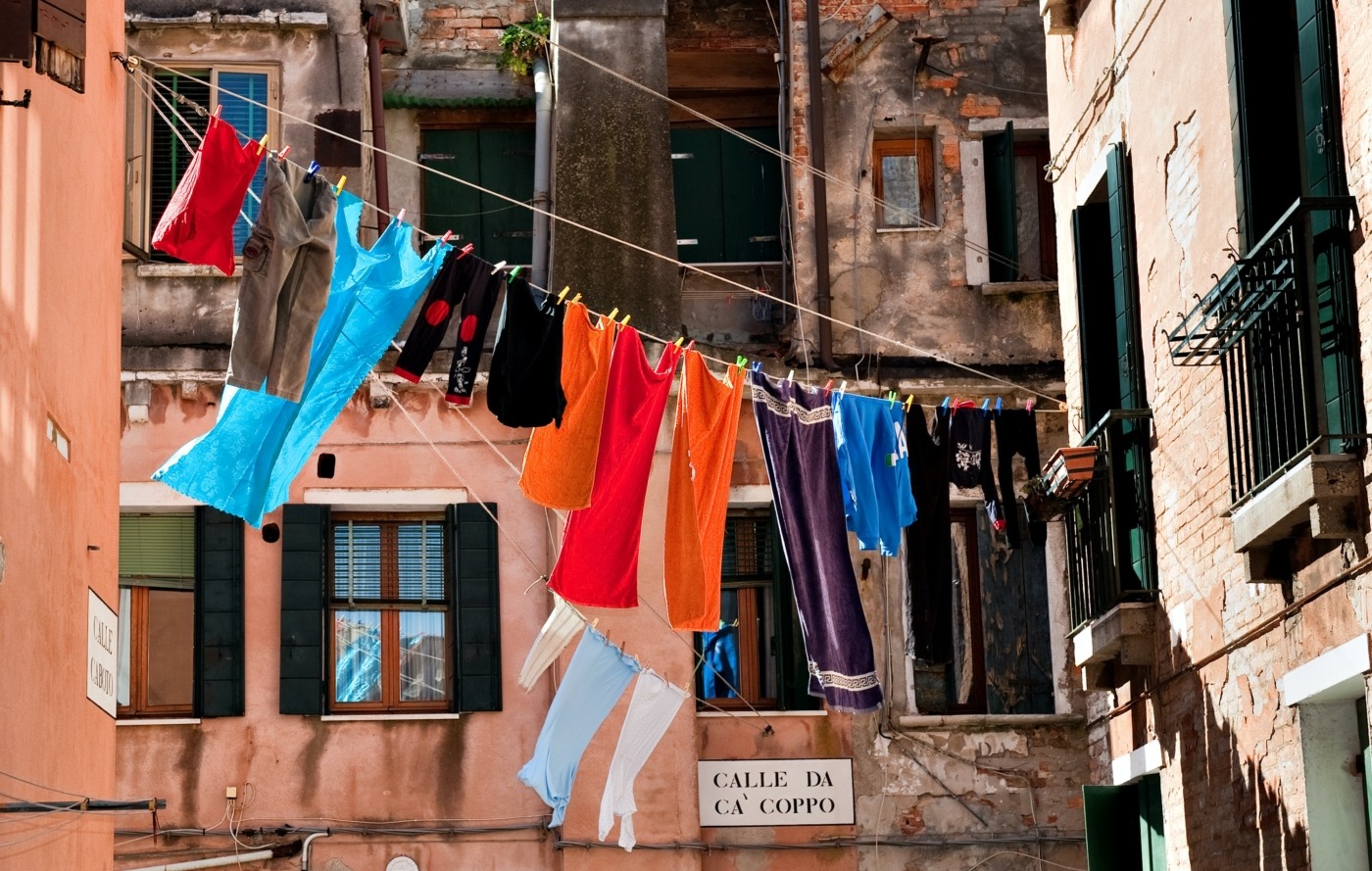How colour tells a story: colour in clothing
Colours are everything, and they are one of the ways that we engage with the world – from an early age, we learn to associate green with nature, red with danger, and the gender stereotypes of blue and pink have long been (rightly or wrongly) a standard of society. One area where we can control colours is our clothing, and you likely gravitate towards certain colours when you are assembling outfits. But, if those colours have certain connotations, what does our choice of colour say about us?
I started thinking about this because, earlier this week, I went out to buy a summer coat. I found one that liked in terms of pockets, length, fit – but not colour. It was only available in a shade of bright red, and I just could not see myself wearing it. Begrudgingly, then, it went back on the shelf. Elsewhere, I found a coat that was a muted blue – much more me. If you know me at all, you will know my style is not very bright – I wear black, muted blues, purples, and greys. I do not spread myself too far over the Dulux paint chart.
There are certain agreed commonalities about what the colours suggest
But I noticed something else – when I hung my coat up at home, my half of the coat rack was dark blue and black, and my grandfather’s half was all shades of green. In his case, it is easily explainable – he is obsessed with the military, so it’s no real surprise that he would tend towards military colours. I can think of reasons for myself, too – I do not like flash and being the centre of attention, and bright colours tend to draw the eye. But that’s only part of the answer – why won’t I wear muted red or green?
Colour theory is not a fixed science by any means, but there are certain agreed commonalities about what the colours suggest. Angela Wright, a colour psychology expert and author of The Beginner’s Guide to Colour Psychology, outlines some of them. Red is seen as a bold, powerful colour, and the colour of love and passion – as Wright says: “Red is physical, [seeing it] acts on you physically.” This viewpoint is shared by Kenny Frimpong, manager of the Italian menswear brand Eredi Pisano, who says: “Red is the colour of passion and power. You should give your preference to this colour if you going to persuade or impress somebody.”
Black is by far the colour that inspires the most confidence in other people
Blue, on the other hand, is a colour that induces a feeling of tranquillity. According to research done at the University of British Columbia, people associate blue with openness and peace, and so it tends to be worn by loyal and confident people. To quote Wright, the “colour of thinking and intellectual activity” implies positivity and reliability, yet, if you wear dark blue, it also indicates authority. This is the reason that, when it comes to job interviews, there is a preference for navy blue.
I am not going to run through every colour – check out this link, or this one, if you’re curious about a particular colour or your own style – but I did want to touch on some interesting things I found during the writing of this article. According to research, black is by far the colour that inspires the most confidence in other people, followed by red (while orange and brown are at the bottom of the pile). Statistically, men prefer to see women wearing red, while women prefer men to wear black or blue – interestingly, each gender feels most confident in the colours that the other group most finds attractive.
It is hard to ignore a cultural element to colour
Something that may surprise you, too, is the fact that colour preferences are generally uniform across gender and race – although the actual associations of a particular colour may vary across cultures (as an example, in South Africa, red symbolises mourning). This implies that, although it is hard to ignore the cultural elements to colour, there’s some impressions on the base human level that makes certain colours more attractive or appealing than others.
I have barely scraped the surface of colour psychology here, but hopefully, I have inspired you to look further into it and even think about your own style preferences. At the end of the day, the best colours to wear are the ones you like, and the ones you think suit you – but be aware that the colour of your outfit may also shape how others see you and even, on an unconscious level, how you feel and act. I am going to wrap up, I think, with the words of Coco Chanel: “The best colour in the whole world is the one that looks good on you.”

Comments